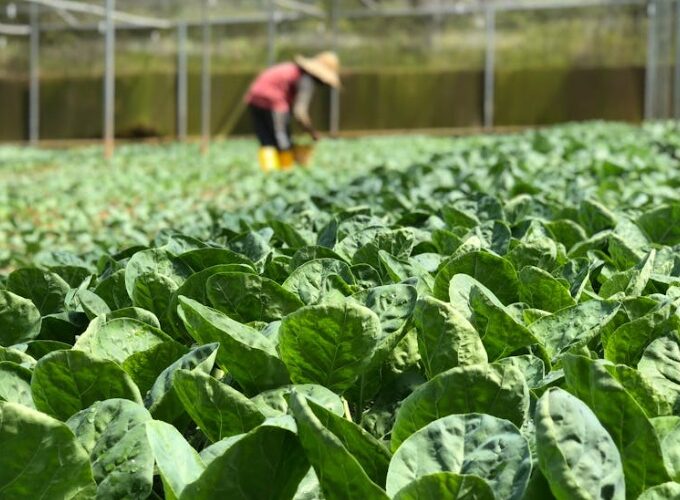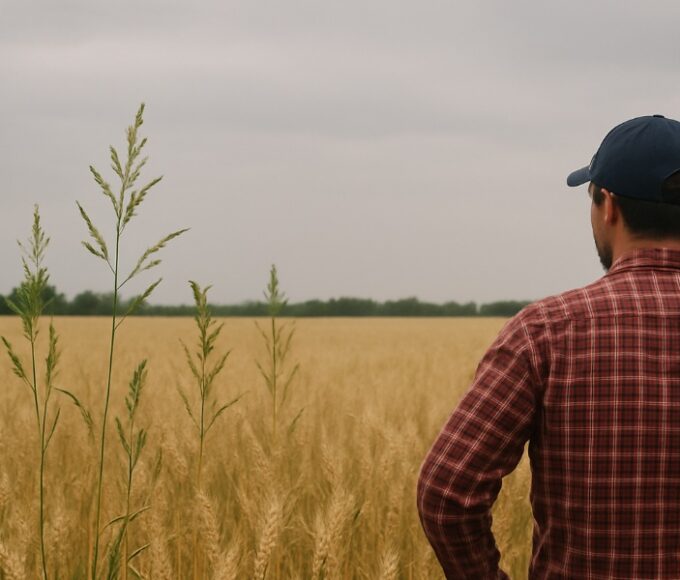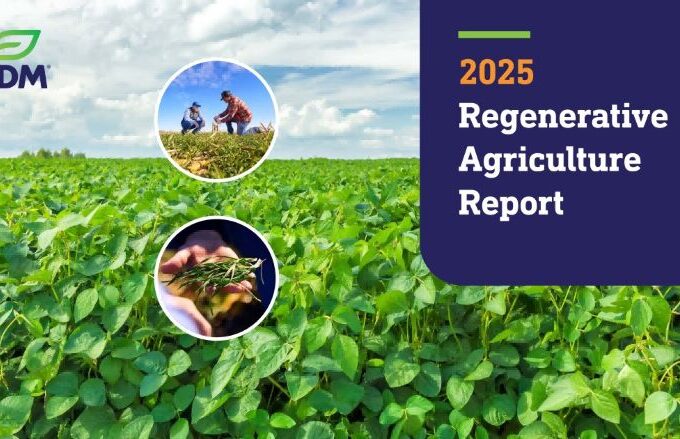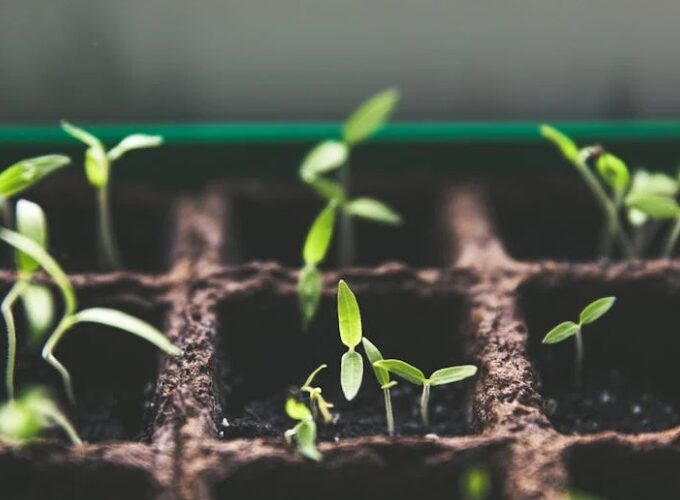October 7th of each year is officially designated World Cotton Day, a significant event recognized and supported by the Food and Agriculture Organization of the United Nations (FAO). As the specialized agency within the UN system focused on agricultural development, the FAO aims to raise global awareness of the importance of the cotton industry by establishing this commemorative day.
Cotton is not only a vital cash crop worldwide but also a pillar of agriculture that supports the livelihoods of millions of farmers. The establishment of this day reflects the international community’s shared commitment to the sustainable development of the cotton industry. In 2019, the inaugural celebration was successfully held at the World Trade Organization (WTO) headquarters in Geneva, marking the official global launch of the day. The WTO, a key international organization coordinating global trade rules, serves as the launching point for World Cotton Day, highlighting cotton’s crucial role in the global trade system. This platform not only showcases the entire cotton industry chain, from cultivation to processing to trade, but also emphasizes cotton’s unique value in promoting global economic integration and cultural exchange.
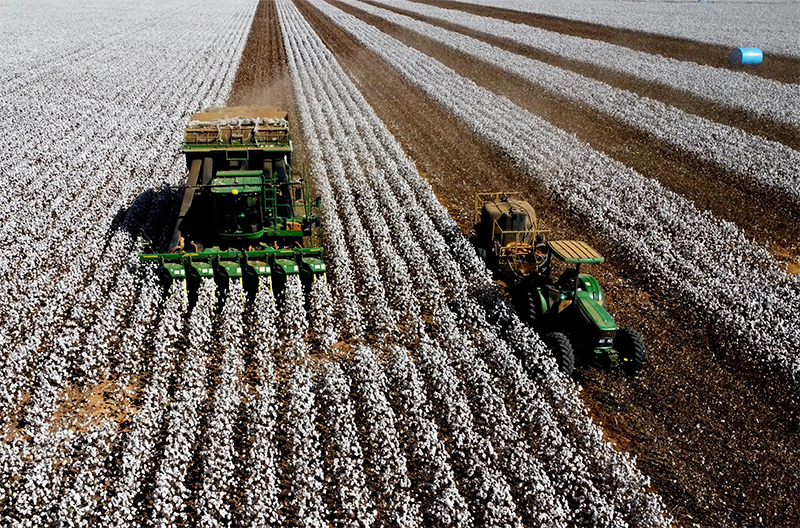
Referred to as the “king of fibers,” cotton, a natural material, holds an irreplaceable position in the textile and fashion industries due to its 14 unique qualities. From intimate apparel and household items to textiles and artworks, cotton, with its softness, breathability, and durability, permeates every aspect of human life.
World Cotton Day celebrations transcend national boundaries, connecting cotton-producing and trading nations and related industries worldwide. This holiday not only highlights cotton’s crucial role in the global economy but also demonstrates its profound significance in promoting international cooperation and cultural integration.
Cotton quality is determined by 14 characteristics, including fiber length, strength, fineness, color, maturity, impurity content, and moisture content. These indicators collectively form the foundation of cotton’s value in the raw material market. As a key agricultural and cash crop, cotton has a long history, with its use dating back thousands of years, and continues to play a vital role throughout the Industrial Revolution and the modern economy. Today, cotton fiber is used not only in traditional textiles but also in a wide range of innovative applications, including hygiene products and automotive interior materials.
Technological advances have profoundly transformed the cotton industry. Cotton grading, which previously relied on manual experience, is now being replaced by high-precision testing technology. Currently, approximately 95% of the world’s cotton is objectively graded and sorted using Uster Technologies’ high-capacity cotton testers. The widespread use of HVI systems has established more transparent and efficient quality standards for the global cotton trade, driving overall upgrades in the industry chain.
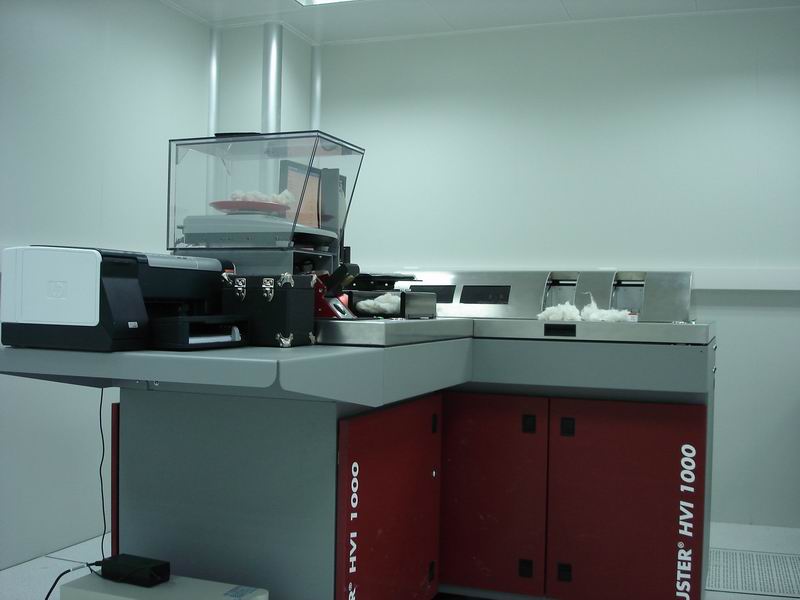
Today, over 3,300 HVI instruments are in use in over 70 countries worldwide. These devices not only improve the accuracy of cotton quality assessments but also promote the standardization and credibility of the global cotton trade.
Cotton also has a rich cultural history. Its cultivation and use can be traced back to around 6000 BC in India and Pakistan, spanning over 8,000 years. Cotton is not only a cash crop but also a vital cultural medium connecting the world through its spread and integration across civilizations.
In recent years, with changing lifestyles, people’s demand for comfortable clothing has increased, driving the continued popularity of cotton clothing. Cotton, with its naturally soft feel and comfortable wearing experience, has become an indispensable raw material in the modern clothing industry. Cotton fabrics continue to occupy a prominent position in both everyday wear and fashion design.
The global cotton industry, with its richness and diversity, continues to drive both economic and cultural development. From ancient civilizations to modern industry, the integration of the latest technology and traditional cultivation has ensured that cotton remains a soft yet resilient force in the development of human society.









